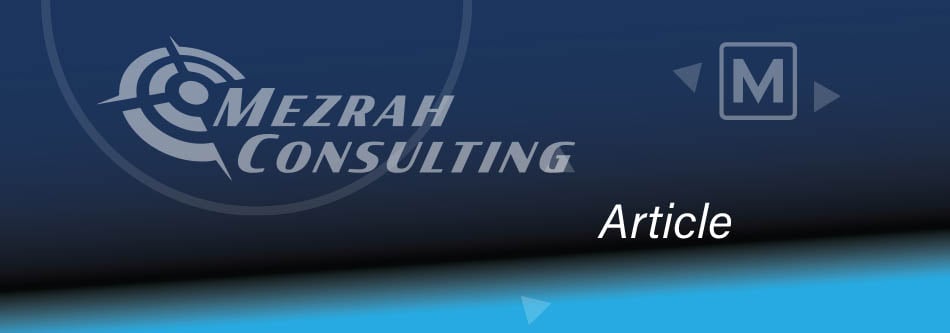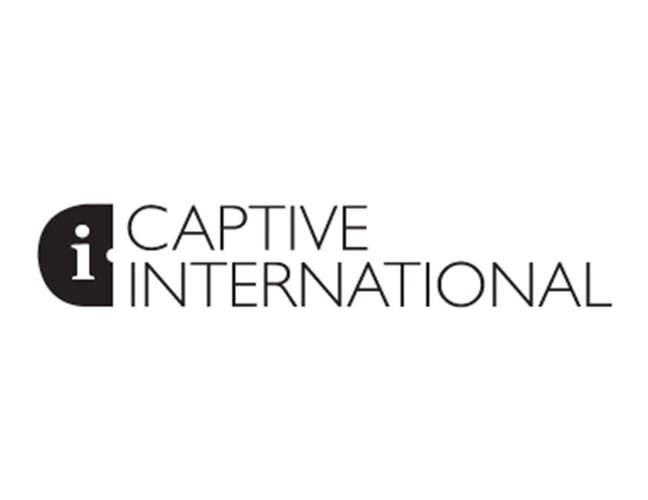Maximizing Basis for Economic Value within an MSO Deferral Plan


The Power of Basis in Income Deferral Planning
In our ongoing educational series on Management Services Organization (“MSO”) Deferral Plans, we’ve emphasized the economic value of establishing these plans with a focus on creating and leveraging tax basis. A properly structured plan can enable shareholders to utilize basis not just for capital gains planning, but more strategically—to deduct benefit payments and reduce income tax. This strategy isn’t just advantageous to shareholders—it can be transformational. Basis serves as a planning bridge between today’s tax realities and tomorrow’s legacy, offering both immediate and long-term tax efficiencies.
Understanding Basis: From White Paper to Application
In our white paper titled Essential Strategies for Creating Basis1 we outlined eight primary strategies for achieving and expanding basis. These methods provide a toolkit that unlocks valuable, often overlooked, tax planning opportunities. [With the guidance of a Chief Financial Officer (“CFO”), Certified Public Accountant (“CPA”), and / or tax attorney.]
While basis is traditionally associated with reducing capital gains tax—particularly relevant in a future business sale—its use in the context of an MSO Deferral Plan is even more powerful: basis can offset ordinary income tax, providing a current and actionable economic advantage.
The Hidden Wealth in Unused Basis
There are numerous S corporations whose shareholders have accumulated significant basis without a defined plan for utilization. In many cases, this basis is either stockpiled or destined to be passed down without ever being used—resulting in lost tax opportunities.
Example:
Suppose a shareholder owns a company with:
- $10 million in basis
- $30 million in total enterprise value
If they transition the company to the next generation, the $10 million basis might remain unused. Upon the death of the shareholder, the Internal Revenue Service allows a step-up in basis under Internal Revenue Code (“IRC”) Section (“§”) 1014(a), raising the basis to the fair market value ($30 million). While this benefits the heirs, the original $10 million goes unutilized for tax deduction purposes.
Assets Where Step Up in Basis Can Apply Include:
- Capital assets (stocks, mutual funds, private company shares)
- Real estate holdings (including primary/vacation properties)
- Tangible personal property (art, collectibles, classic vehicles)
- Partnership and Limited Liability Company interests
- Installment sale notes
- Trust-held assets
- Community property (Note: 100% step-up in community property states, 50% in non- community property states)
Bottom line: If you don’t use your basis, you may lose it—forever.
The "Double Dip" Tax Opportunity
Let’s revisit the prior example and apply some strategic planning:
- The shareholder uses the $10 million basis during their lifetime to offset MSO Deferral Plan benefit payments (deductible as W-2 income via IRC Section 162)
- This reduces their basis to $0
- Upon death, the asset receives a step-up in basis to $30 million
Result: $10 million basis + $30 million stepped-up basis = $40 million total tax benefit potential.
That’s two bites at the apple—leveraging basis once for immediate income tax benefits and again for future generational tax planning.
S Corporation Advantage: Timing and Capture of Tax Deduction
Within an S corporation, the timing of basis usage is critical. While deductions can be taken immediately at the corporate level for deferred compensation plan benefit payments, the real value comes when they pass through to the shareholder.
If the shareholder does not have sufficient basis at the time of payout, they cannot claim the full deduction immediately. However, the benefit is not lost—it can be deferred until basis is restored.
This gives rise to a planning opportunity: ensure assets with basis are introduced into the S corporation in proportion to the anticipated payout. Doing so ensures maximum deductibility and economic benefits for the shareholder.
Tip: Coordinate payout schedules from the deferral plan with your tax advisor (i.e., CPA) or personal CFO to align with basis contributions.
Aligning Basis with Benefit Payments
If basis aligns with deferred compensation plan payouts, it can maximize the plan economics in the timeliest fashion. Even if zero basis is captured, the economics of an MSO Deferral Plan may still produce a 38% advantage. With that said, it would be extremely unusual not to have some established basis if Corporate-Owned Life Insurance (“COLI”) is being used to fund the MSO Deferral Plan. That is because the tax-exempt income from the COLI asset typically creates about 25–35% of needed basis for the shareholder. For more details, see the Essential Strategies for Creating Basis1 white paper.
The difference between 0% and 100% basis alignment can easily result in millions of dollars of temporary tax impact difference until maximum basis is achieved. The cumulative economic advantage of the MSO Deferral Plan over a pass-through entity (“PTE”) owner/shareholder investing after-tax income into taxable securities is still substantial given varying levels of basis utilization as the graph below shows. A well-designed plan should readily generate the basis required to maximize
economic value.
MSO Deferral Plan - Shareholder Economics
S Corp vs. Deferral Plan - Assumes $1M Deferral for 7 Years
Assumes $1M deferral for 7 years, 7% rate of return, 15 accumulation year and 10 payout years. 37% individual tax rate and 21% corporate tax rate. Taxable securities assumes 3.8% Net Investment Income Tax.

The graphic below illustrates the immediate tax benefits based on the ability of the shareholder to utilize basis. The maximum tax benefits can be achieved, if not immediately, then over time.

Final Though "Use It... Or Lose It"
To summarize, shareholders have two distinct opportunities to realize tax benefits:
- Immediate: Using existing basis to offset current income via benefit payments.
- Future: Leveraging the stepped-up basis at death under IRC § 1014.
Using the previous example, if the shareholder never uses their $10 million basis, they forgo that deduction entirely. Only the $30 million step-up is utilized by the next generation and $10 million in unrealized tax value is lost.
The “use it or lose it” principle of basis is especially powerful when applied to MSO Deferral Plans. Shareholders can—and should—strategically deploy their basis now, knowing it will be reset and potentially grow further. When planned accordingly, this approach creates immediate tax savings, preserves long-term wealth, and leaves a lasting legacy of intelligent planning.




